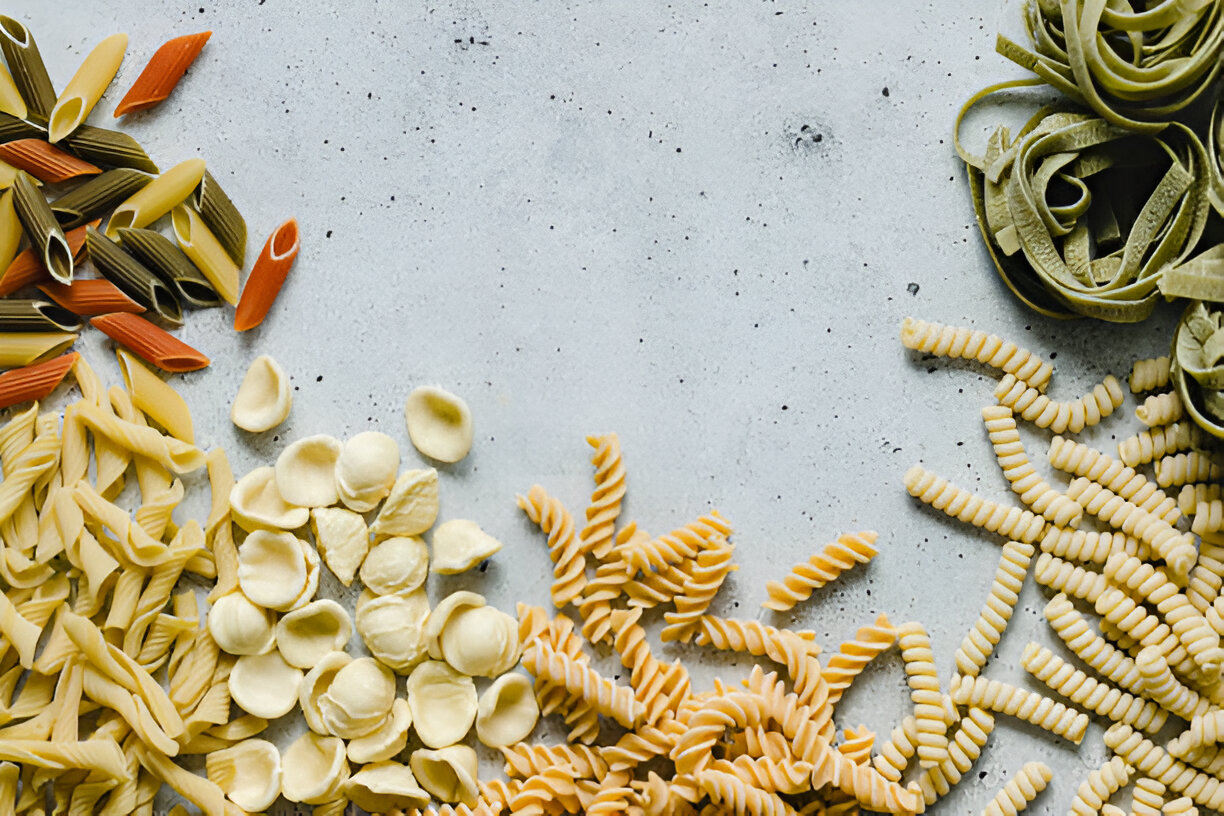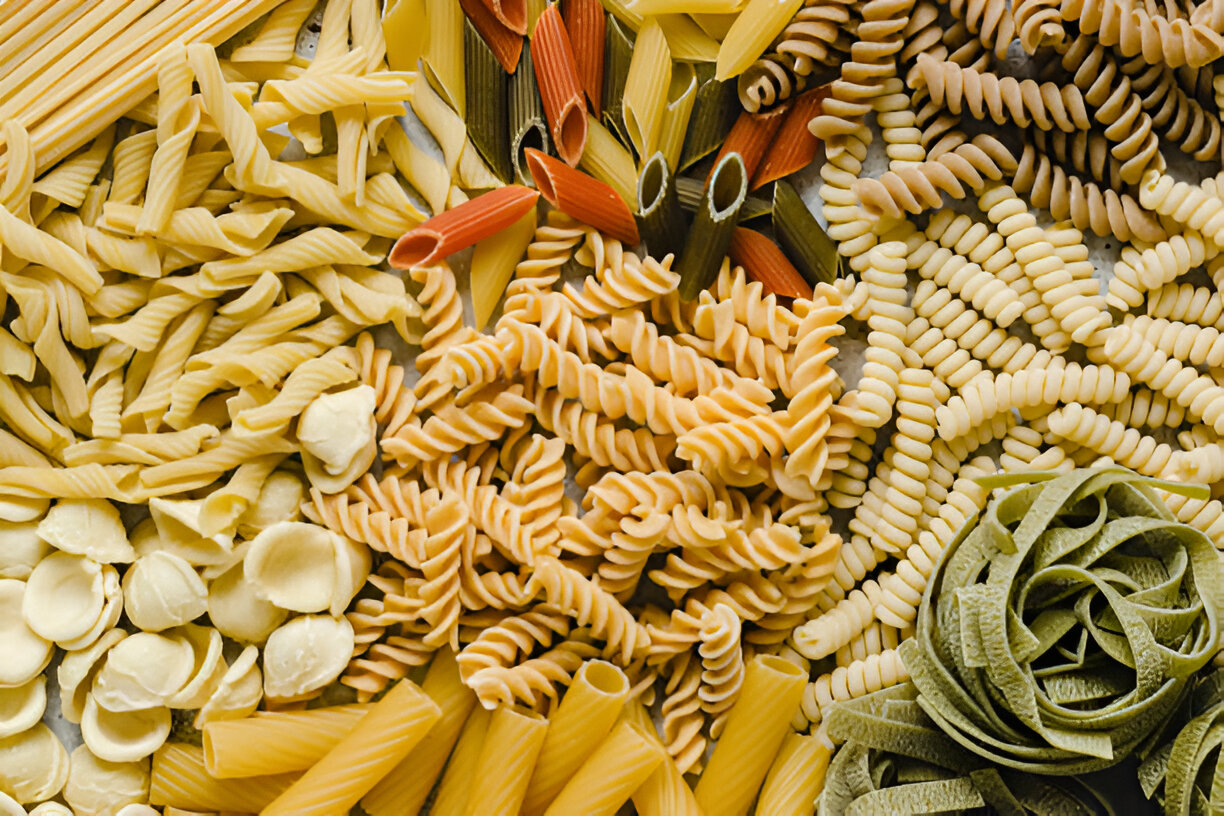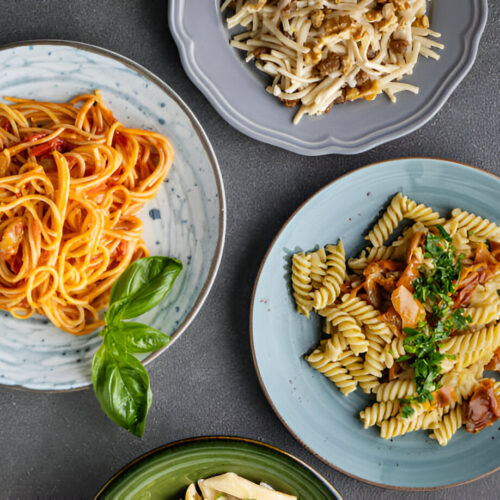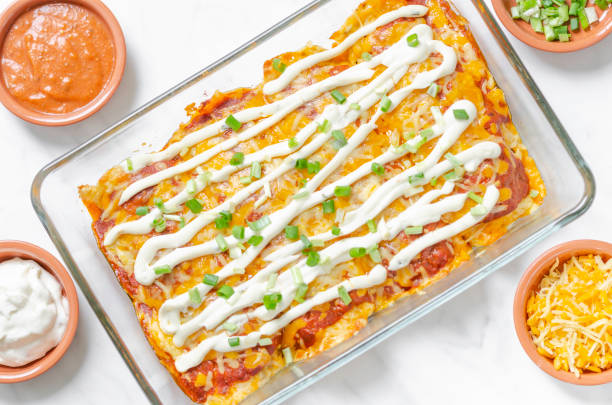Crafting Perfect Pasta Noodles: Types, History, Recipes & Tips
Pasta noodles are a beloved staple in cuisines around the world, cherished for their versatility, flavor, and comforting texture. With roots believed to trace back to ancient civilizations, pasta has evolved from simple unleavened dough into an extensive range of shapes, types, and dishes, becoming integral to many culinary traditions. The significance of pasta goes beyond just sustenance; it represents the cultural identities and regional pride of countless communities. From the streets of Italy to the homes of families in Japan and beyond, pasta has united diverse cultures through its universal appeal.
Understanding the importance of different types of pasta noodles is crucial for anyone who loves to cook or indulge in this delightful food. There are numerous varieties, each crafted to pair perfectly with specific sauces and ingredients, enhancing the overall dining experience. From the long and elegant strands of spaghetti to the bite-sized shapes of penne and the intricate folds of ravioli, each type of pasta offers unique textures and culinary possibilities. Exploring the different types of pasta noodles not only enriches one’s palate but also invites experimentation in the kitchen, inspiring creative dishes that celebrate the delicious world of pasta.

1. What Are Pasta Noodles?
Pasta noodles are a type of staple food made primarily from wheat flour and water, traditionally shaped into various forms and cooked before consumption. They are a cornerstone of many cuisines around the globe and are celebrated for their adaptability in countless dishes. The composition of pasta noodles typically involves durum wheat semolina or all-purpose flour, which contributes to their structure and texture. Water is incorporated to form a dough, which can be left fresh or dried for storage.
There are several types of pasta noodles based on their preparation and composition:
- Dry Pasta: This is the most common type, made from durum wheat and has a longer shelf life.
- Fresh Pasta: Typically made with eggs and flour, fresh pasta boasts a tender texture and is often used in dishes like ravioli and fettuccine.
- Whole Wheat Pasta: Made from whole grain flour, this version offers a nuttier flavor and more nutrients compared to traditional pasta.
- Gluten-Free Pasta: Catering to those with gluten sensitivities, these noodles use alternative flours, such as rice, quinoa, or corn.
The ingredients used in making pasta are relatively simple, yet they play a vital role in the final product’s flavor and texture. Aside from flour and water, common additives include eggs, which enrich the dough, and salt, which enhances flavor. Additionally, various herbs and spices can be incorporated into the dough to provide unique flavors.
2. History of Pasta Noodles
The history of pasta noodles is as rich and diverse as the cultures that embrace them. Believed to have origins in ancient civilizations such as the Etruscans and Romans, pasta has been a significant part of the Mediterranean diet for centuries. Archaeological evidence suggests that variations of pasta may date back as far as 200 B.C., with references to similar dishes found in Chinese cuisine as well.
Throughout the centuries, pasta has undergone significant evolution, both in its preparation methods and its place within various culinary traditions. During the Middle Ages, pasta became more widely recognized in Italy, where it transformed from a simple staple to an art form, celebrated for its regional variations. The culinary prowess of the Italians led to the development of numerous shapes, sizes, and cooking methods, each reflecting the unique culture of the area.
Pasta’s global journey continued as it made its way to other continents through trade and exploration. Today, it is a beloved dish in numerous countries, each adding its unique twist. For instance, Japanese ramen, American macaroni and cheese, and the various dumplings found across Asia showcase how cultures have embraced and adapted pasta noodles to create delightful dishes that reflect local ingredients and tastes.

3. Types of Pasta Noodles
Understanding the different types of pasta noodles not only expands your culinary repertoire but also enhances your appreciation for this beloved staple. Each variety is designed to complement specific sauces and ingredients, offering unique textures and flavors. Here, we explore the various categories of pasta noodles, from long strands to bite-sized shapes and specialty varieties.
3.1 Long Pasta Noodles
- Spaghetti: Perhaps the most iconic type, spaghetti is a long, thin noodle that pairs well with tomato-based sauces, olive oil, and a variety of proteins.
- Fettuccine: This flat, thick noodle is often associated with creamy sauces like Alfredo, holding onto rich flavors beautifully.
- Linguine: Slightly wider than spaghetti, linguine works well with seafood and pesto dishes, providing a delightful bite.
3.2 Short Pasta Noodles
- Penne: Known for its tube shape and diagonal cuts, penne is excellent for baked dishes and pairs well with chunky sauces.
- Fusilli: The spiral shape of fusilli allows it to hold onto sauces, making it a fantastic option for pasta salads and hearty sauces.
- Ziti: Similar to penne, ziti is a smooth tube pasta that is often used in baked pasta dishes, absorbing flavors from the sauce.
3.3 Specialty Pasta Noodles
- Ravioli: These stuffed pasta pockets can be filled with a variety of ingredients, from cheeses to meats, and are often served in broth or sauce.
- Tortellini: Similar to ravioli, tortellini is ring-shaped and typically filled with cheese or meats, often served in a rich broth or creamy sauce.
- Orzo: Shaped like rice, orzo is perfect for soups and salads, providing a unique texture that complements various dishes.
4. Pasta Noodles in the Culinary World
Pasta noodles are incredibly versatile in the culinary world, used in a wide array of dishes across numerous cuisines. Their ability to absorb flavors and pair well with various ingredients is what makes them a favorite among chefs and home cooks alike.
Culinary uses for pasta are vast, encompassing everything from boiling and sautéing to baking and frying. In Italy, pasta is traditionally boiled al dente, then tossed with sauces made from fresh ingredients such as tomatoes, basil, and olive oil. In Asian cuisines, noodles can be stir-fried or served in broths, highlighting seasonal vegetables and proteins.
Popular pasta recipes from around the globe showcase the dish’s adaptability. Dishes like spaghetti carbonara, penne alla vodka, and macaroni and cheese illustrate how pasta can be enjoyed in both simple and elaborate forms. Recipes like ramen and pho demonstrate the global influence of pasta, where it serves as a vehicle for flavorful broths and toppings.
In addition to their culinary appeal, pasta noodles offer nutritional benefits. They can provide a source of carbohydrates, fiber, and even proteins, especially in whole wheat and gluten-free options. Balancing pasta dishes with vegetables and lean proteins can create nutritious meals that satisfy and nourish.

pasta noodles
Equipment
- 1 large mixing bowl
- 1 rolling pin
- 1 pasta machine optional
- 1 sharp knife or pizza cutter
- 1 clean surface for rolling pasta
- 1 pot for boiling water
- 1 slotted spoon
Ingredients
- 2 cups all-purpose flour Plus more for dusting.
- 3 large eggs
- 1/2 teaspoon salt
- as needed water Add a little if the dough is too dry.
Instructions
- In a large mixing bowl, combine the all-purpose flour and salt. Create a well in the center.
- Crack the eggs into the well. Using a fork, gently beat the eggs while gradually incorporating the flour from the edges of the well.
- Once the mixture becomes too thick to mix with a fork, use your hands to knead the dough until it is smooth and elastic, about 5-10 minutes. If the dough is too dry, add a little water, a teaspoon at a time.
- Wrap the dough in plastic wrap and let it rest for at least 20 minutes at room temperature.
- After resting, divide the dough into four pieces. Keep the pieces you are not using covered to prevent them from drying out.
- Roll out one piece of dough on a floured surface to your desired thickness using a rolling pin or a pasta machine.
- Once rolled out, use a sharp knife or pizza cutter to cut the dough into your desired noodle shape (e.g., fettuccine, tagliatelle).
- Dust the cut noodles lightly with flour to prevent them from sticking together. Repeat the rolling and cutting process with the remaining pieces of dough.
- Bring a pot of salted water to a boil. Add the fresh pasta noodles and cook for 2-4 minutes, or until they float and are al dente.
- Once cooked, use a slotted spoon to remove the noodles and drain them briefly. Serve with your favorite sauce.







